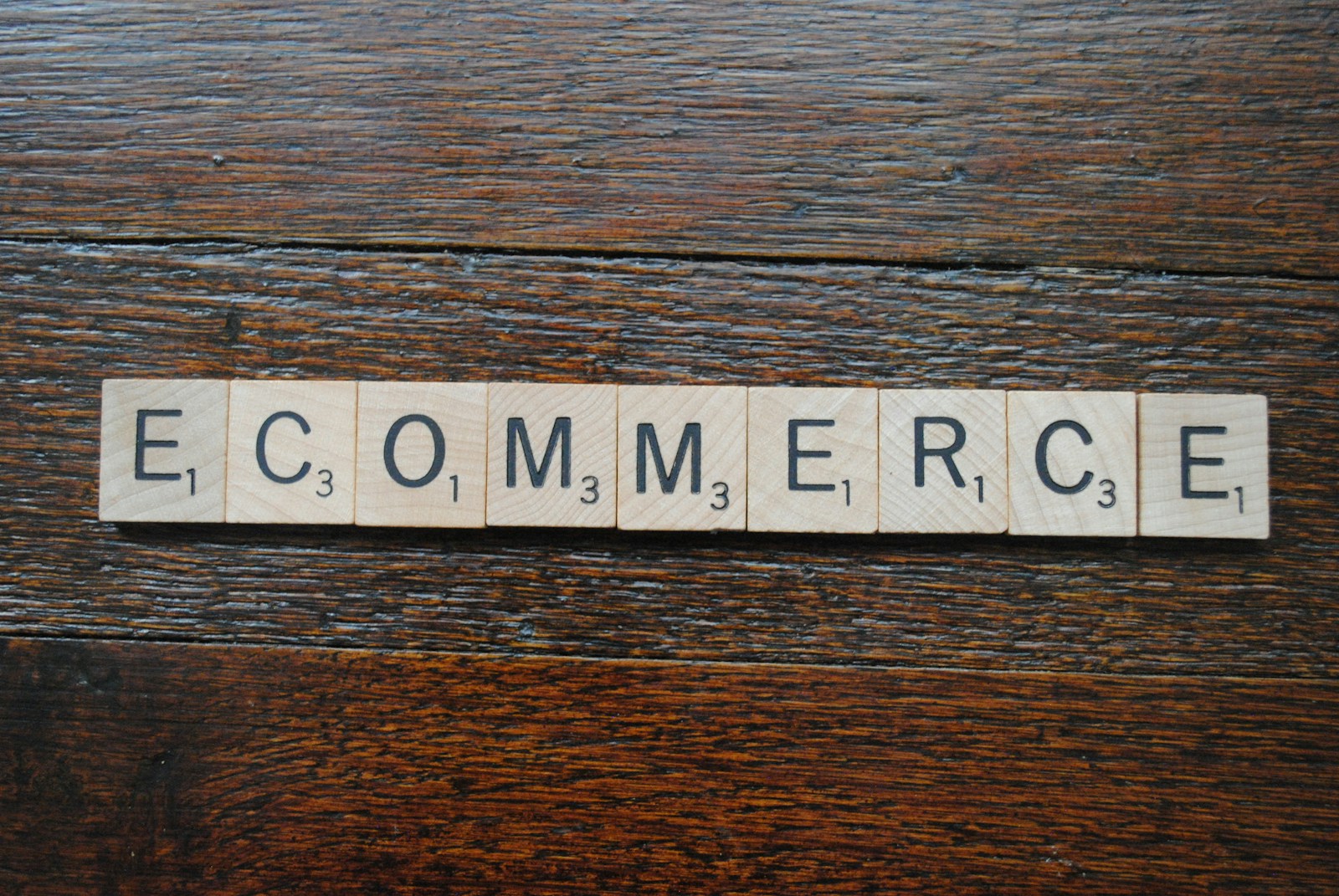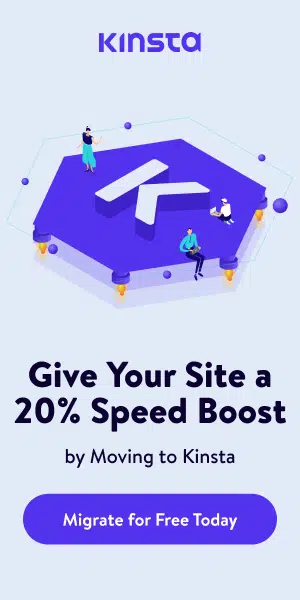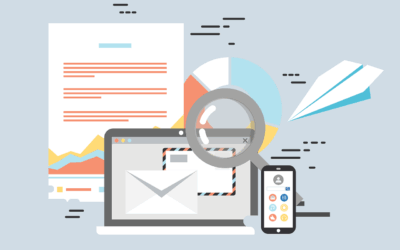Do you want to know how to start an ecommerce business that succeeds?
As a Marine veteran and the founder of Priceless Consulting, I’ve learned that launching any new business requires discipline, strategy, and the right tools. The battlefield and the marketplace have more in common than you might think: both demand a clear plan, flawless execution, and the ability to adapt. Starting your own eCommerce business can feel overwhelming, but it doesn't have to be. I’m here to walk you through the exact steps to build a successful online store.
Many aspiring entrepreneurs get stuck on the same hurdles: the initial cost, the technological overwhelm of choosing an eCommerce platform, and the constant challenge of marketing to attract customers. These are valid concerns, but with a structured approach, they are entirely manageable.
This guide provides a practical roadmap to navigate these challenges. We'll break down the process into clear, actionable steps, transforming your business idea from a concept into a profitable online business. Let’s get started.
1. Define Your Business Idea & Find Your Target Audience
Every successful eCommerce business begins with a solid idea and a deep understanding of who it serves. Before you build a website or design a logo, you need to choose the right business idea and carve out your niche market. A niche market is a specific, well-defined segment of a larger market. Focusing on a niche allows you to serve a dedicated audience better than your competitors.
To start, ask yourself what you're passionate about or knowledgeable about. Building a business around your expertise makes the journey more enjoyable and authentic. From there, identify your target audience. Who are your potential customers? Create a customer persona detailing their demographics, interests, pain points, and online behaviors. This clarity will guide every decision you make, from product development to marketing.
Looking for an experienced Wordpress Development company?
The e-commerce industry offers diverse product categories. You could sell:
- Physical products: This is the most traditional model, where you sell tangible goods. This could range from handmade crafts to manufactured items.
- Digital products: Ebooks, online courses, software, and design templates are examples of digital products. They offer high-profit margins since there's no inventory or shipping costs involved.
- Services online: You can sell your expertise through consulting, coaching, or freelance services directly from your eCommerce site.
Once you have a business idea, validate it. Use tools like Google Trends to analyze search interest over time. Conduct market research by surveying potential customers, exploring forums like Reddit, and analyzing your competitors. Is there a genuine demand for your product? Can you offer something unique or solve a problem better than other businesses?
2. Create a Solid Business Plan
With a validated idea, the next step is to create a formal business plan. This document is your strategic roadmap, outlining how you'll structure, run, and grow your new business. It forces you to think critically about the key components of your operation and is essential for securing any upfront investment.
Your business plan should include:
- Business Structure: Decide on your legal structure (e.g., sole proprietorship, LLC, corporation). This impacts your liability and how you file taxes. It's wise to consult with a legal professional to choose the right one.
- Business Model: How will you make money? Your business model defines this. For example, will you operate on a business-to-business (B2B) model, selling to other companies, or a business-to-consumer (B2C) model, selling directly to individuals?
- Financial Projections: Detail your expected profit margins, operating costs (like platform fees, marketing, and shipping costs), and the initial investment required to get started.
- Business Licenses: Research the necessary business licenses and permits to operate legally in your city and state.
A comprehensive business plan will not only guide your launch but also serve as a benchmark for measuring success and making informed decisions as you grow.
Not sure where to start with your eCommerce business plan? Let’s schedule a consultation and map it out together.

Photo by Myriam Jessier on Unsplash
3. Choose the Right eCommerce Platform
Your eCommerce platform is the foundation of your online store. You have two main options: selling on online marketplaces or launching your own eCommerce website.
Online marketplaces like Amazon, Etsy, and eBay give you access to a massive, built-in audience. It's a quick way to start selling and test your products. However, you'll face intense competition, high transaction fees, and limited control over branding and customer relationships.
Owning your own eCommerce website gives you complete control over your brand identity, customer experience, and marketing. It’s a long-term asset that allows you to build a direct relationship with your customers and optimize for search engine visibility. For entrepreneurs who want flexibility and scalability, this is the superior choice.
We recommend WordPress with WooCommerce as a powerful and scalable solution. It’s an open-source platform, which means you have limitless customization possibilities. You can create a truly unique online store that reflects your brand and integrates seamlessly with thousands of plugins and tools. While platforms like Shopify are popular, WooCommerce gives you full ownership of your data and content without recurring monthly fees for the core software. Our experience in redesigning and developing professional WooCommerce projects proves its power in driving a successful business.

Photo by Roberto Cortese on Unsplash
4. Build & Launch Your Online Store
With your platform chosen, it's time to build your digital storefront. A professional e-commerce site is more than just a product catalog; it's an experience that guides visitors from discovery to purchase.
Here are the key elements of a successful online store:
- Brand Identity and Business Name: Your store’s design, logo, and memorable business name must work together to create a cohesive brand identity. This is how potential customers will recognize and remember you.
- Optimized Product Pages: Each product page should feature high-quality images, compelling descriptions, and clear pricing. Optimize these pages with relevant keywords to improve your search engine visibility and attract organic traffic.
- Secure Payment Gateways: Offer multiple secure payment gateways (like Stripe, PayPal, and credit card processors) to build trust and make it easy for customers to buy.
- Content Management System (CMS): A user-friendly CMS allows you to easily update products, publish blog posts, and manage your site's content without needing to code. WordPress excels at this.
You can also enhance your store with optional features like inventory management tools, mobile app integrations, or cross-sell apps to increase average order value.
Your website is the backbone of your online store—partner with a veteran-owned business that knows how to build eCommerce websites that convert. Let’s build it together.

Photo by Bench Accounting on Unsplash
5. Use Marketing Strategies to Attract Customers
Launching your store is just the beginning. Now, you need to attract customers. A multi-channel marketing strategy is the most effective way to build awareness, drive traffic, and generate eCommerce sales.
Consider these powerful marketing strategies:
- Social Media Marketing: Use platforms like Instagram, Facebook, and TikTok to build brand awareness, engage with your target audience, and start selling directly through social commerce features.
- Search Engine Optimization (SEO): SEO is a long-term strategy for attracting new customers organically. By optimizing your site and creating valuable content, you can rank higher in search engine results for keywords your audience is searching for.
- Email Marketing: Build an email list from day one. Email marketing is one of the best tools for nurturing leads, promoting new products, and encouraging repeat purchases, which is key for customer retention.
- Paid Advertising: If you have the budget, Google Ads and social media ads can drive immediate traffic and sales. These marketing campaigns can be highly targeted to reach your ideal customers.
- Content Marketing: Create blog posts, videos, and guides that provide value to your target audience. Content marketing helps build trust, establishes your brand as an authority, and supports your SEO efforts.
Your marketing campaigns should always be designed to deliver measurable results, allowing you to track what works and optimize your spending.

Photo by S O C I A L . C U T on Unsplash
6. Manage Inventory & Operating Costs
Effective management of inventory and operating costs is crucial for profitability. You need to find a balance between keeping low startup costs and ensuring you can scale as your business grows.
For inventory management, you have a few options:
- Store Your Own Products: This gives you full control over product quality and shipping, but requires an initial investment in stock and storage space.
- Dropshipping Business Model: With dropshipping, a third-party supplier handles inventory and shipping. This model has very low startup costs, as you only purchase a product after a customer places an order. However, profit margins are often lower, and you have less control over the customer experience.
Carefully track your shipping costs, as they can significantly impact your profit margins. Also, continuously monitor your operating costs to identify areas where you can be more efficient. Use key performance indicators (KPIs) like conversion rate, average order value, and customer acquisition cost to track sales and measure the health of your online business.
We help eCommerce store owners set up smart systems to track sales, manage inventory, and improve profit margins. Learn how we can help.

Photo by hookle.app on Unsplash
7. Scale Your Successful eCommerce Business
Once your new business is established and generating consistent revenue, it's time to think about scaling. Growing from a small online store into a successful eCommerce business requires a strategic approach.
Here’s how to scale effectively:
- Expand to New Sales Channels: Don't limit yourself to your own website. Consider selling on online marketplaces or social media platforms to reach a wider audience.
- Use Customer Insights: Analyze your data to understand what your customers want. Use these customer insights to develop new products, refine your marketing, and create personalized experiences that encourage repeat purchases.
- Leverage eCommerce Tools: As you grow, use automation tools to boost visibility, streamline operations, and reduce marketing costs. This could include email marketing automation, customer relationship management (CRM) software, or advanced analytics platforms.
Scaling requires looking beyond day-to-day operations and focusing on long-term growth opportunities.
Ready to scale your eCommerce company? Priceless Consulting can guide your growth every step of the way. Schedule your free consultation.

Photo by Roberto Cortese on Unsplash
eCommerce Business FAQ
Here are answers to some common questions about starting an e-commerce business.
How much does it cost to start an e-commerce business?
The cost can vary widely. With a dropshipping business and free marketing strategies, you could start with a few hundred dollars. A business that holds its own inventory and invests in paid advertising will have a higher upfront investment, potentially several thousand dollars. Key expenses include platform fees, business licenses, inventory, and marketing costs.
What is the best eCommerce business to start?
The best eCommerce business is one that aligns with your passions and expertise, serves a defined niche market, and has a clear path to profitability. Profitable product categories often include digital products (high margins), subscription boxes (recurring revenue), and niche physical goods with a dedicated following.
What are the 4 types of e-commerce?
The four main types of eCommerce are:
- B2C (Business-to-Consumer): A business sells directly to individual customers (e.g., an online clothing store).
- B2B (Business-to-Business): A business sells products or services to other businesses (e.g., an office supply company).
- C2C (Consumer-to-Consumer): Consumers sell directly to each other (e.g., on eBay or Facebook Marketplace).
- C2B (Consumer-to-Business): Individuals sell products or services to businesses (e.g., a freelance photographer selling stock images to a company).
Do I need a business license for an online store?
Yes, in most cases, you will need a business license to operate an online store legally. The specific requirements vary by your city, state, and business structure. It's important to research local regulations to ensure you are compliant.
Can I start an e-commerce store with low startup costs?
Absolutely. A dropshipping business model combined with organic marketing strategies like SEO and social media marketing makes it possible to start an e-commerce business with very low startup costs. You can build your store on an affordable platform and reinvest your profits to grow.
How to Start an eCommerce Business | Your Path to eCommerce Success
Building a successful eCommerce business is a journey that demands strategy, discipline, and consistent execution. By following this step-by-step guide—from defining your business plan and choosing the right platform to building your website, implementing smart marketing, and planning for scale—you have a blueprint for success.
The digital marketplace is full of opportunities for those willing to put in the work. It's about making smart decisions, learning from your data, and staying focused on serving your customers. Remember, every large eCommerce company started as a new business with an idea. With the right approach, yours can be the next success story.
Ready for a website that works as hard as you do? Schedule Your Free Consultation Today. Partner with a veteran-owned business you can trust to build your future, and get inspired by the best therapist websites.










